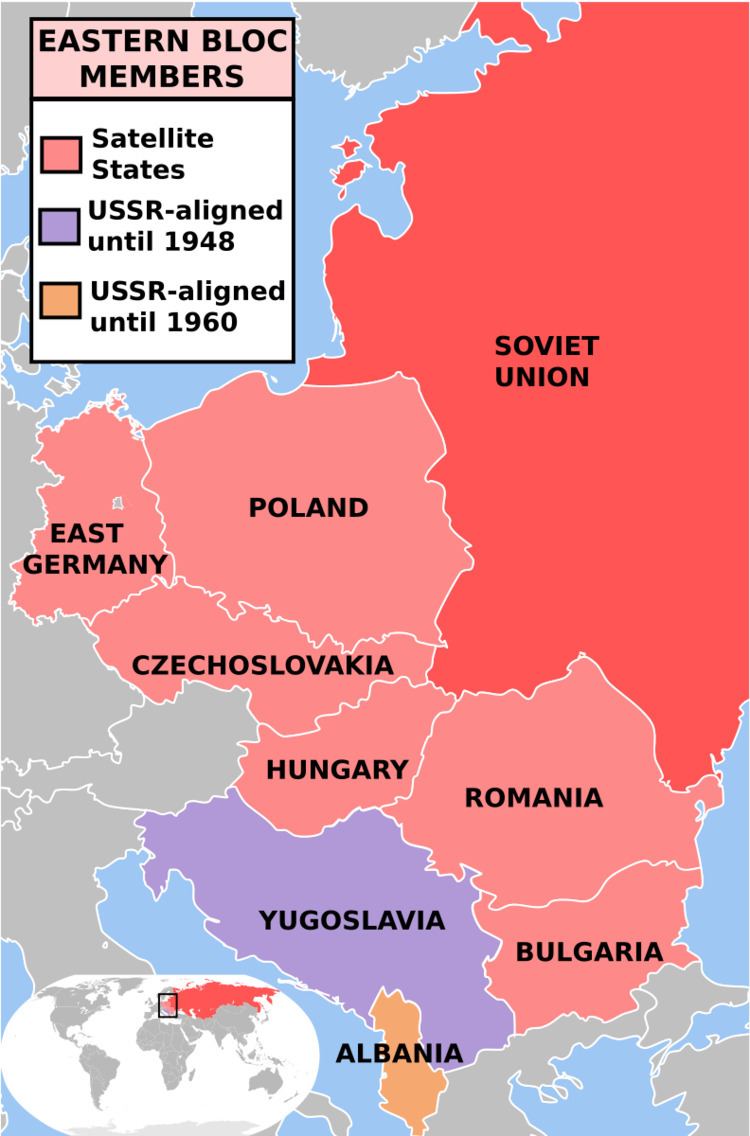Date May 18-May 19, 1972 | ||
 | ||
Participants Lithuanian high school students, workers Outcome the numbers of injured protesters unknownat least 5 militsiya officers injured50 people face civil charges, 10 face criminal persecution | ||
1972 unrest in Lithuanian SSR, sometimes titled as Kaunas' Spring, took place on May 18–19, 1972, in Kaunas, Lithuania, Soviet Union. It was sparked by the self-immolation of a 19-year-old student named Romas Kalanta and prohibition to take part in Kalanta’s funeral by the officials. As a result, thousands of young demonstrators gathered in the central street of Kaunas, Laisvės alėja in anti-government protests that spanned from May 18 to May 19.
Contents
The wave of protests
On May 14, 1972, a 19-year-old high school student named Romas Kalanta poured 3 liters of gasoline on himself and set himself on fire in the square adjoining the Laisvės Alėja in front of the Kaunas Musical Theatre, where in 1940 the People's Seimas had declared the establishment of the Lithuanian SSR. Before the suicide, Kalanta left his notebook with a brief note that read "blame only the regime for my death". It was only in 1990, when Lithuania declared its independence, that the content of this note became publicly known.
Kalanta died 14 hours later in the hospital. On May 18, the Soviet authorities hastened Kalanta's burial by 2 hours to prevent publicity. However, it provoked an even bigger outrage among the gathered people, mostly high school students and young workers, who broke into a politically charged riot, which was forcibly dispersed by KGB, militsiya, and Internal Troops. Spontaneous rally resulted in the disturbance of traffic in the city centre, as well as 4 shop windows were smashed, 5 militsiya officers injured and 1 militsiya motorcycle burnt.
The next day, about 3,000 people marched along the Laisvės Alėja of which 402 were arrested. The New York Times reported of numerous injuries and one death among Soviet troops.
Of the arrested, over half were under age 20 and about a quarter belonged to the youth branch of the Communist Party. To avoid further politicizing, the arrested people were charged with hooliganism. 50 people faced civil charges, while 10 faced criminal persecution. Eventually, eight people were sentenced to 1–2 years in prison. Demonstrations spread to other cities as well, where 108 people were arrested.
Mass demonstrations, that had not been present since 1956, were ultimately suppressed by big squads of KGB, militsiya and Internal Troops.
Aftermath
The public agitation was felt throughout 1972 and 1973 as the KGB registered 3–4 times more various anti-Soviet incidents. Lithuania recorded 13 other suicides by fire in 1972, including 24-year-old V. Stonys in Varėna on May 29, 60-year-old A. Andriuškevičius in Kaunas on June 3, 62-year-old Zališauskas on June 10, 40-year-old Juozapas Baracevičius in Šiauliai on June 22.
The crackdown of the demonstrations was followed by stricter censorship, youth organisations and gatherings came under more thorough surveillance. Lithuanian SSR officials blamed "so-called followers of the hippie movement" for organising the riots.
There were some rallies by Lithuanian diaspora in other countries, such as the United States in support.
The remembrance of events
The day when Romas Kalanta passed and the subsequent demonstrations are called "kalantinės" and is observed annually in Kaunas. There is a monument for Romas Kalanta at the place where he set himself on fire.
In the popular culture
A 1990 Lithuanian drama film The Children from the Hotel America contains some scenes from the Kaunas' demonstrations.
